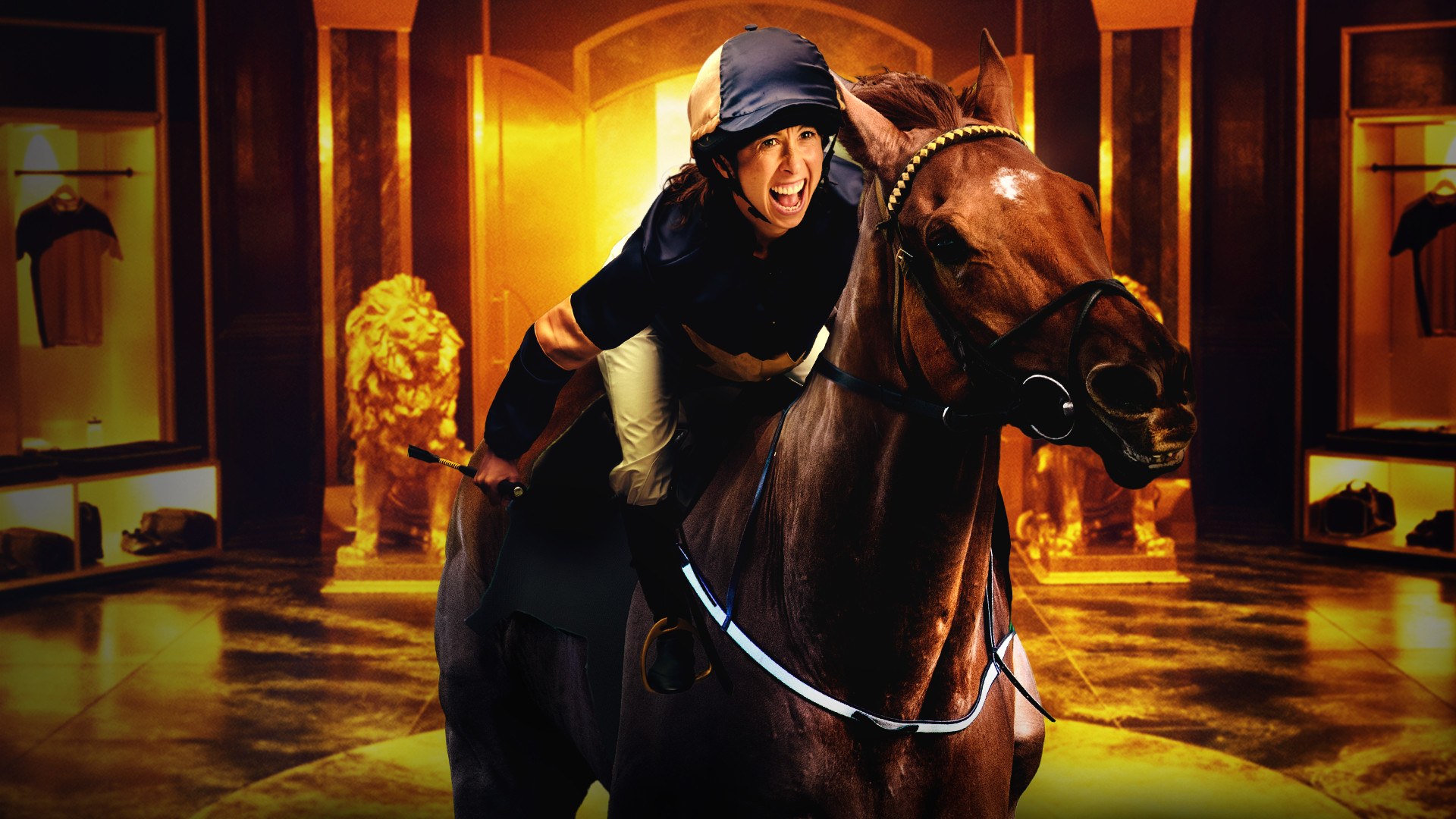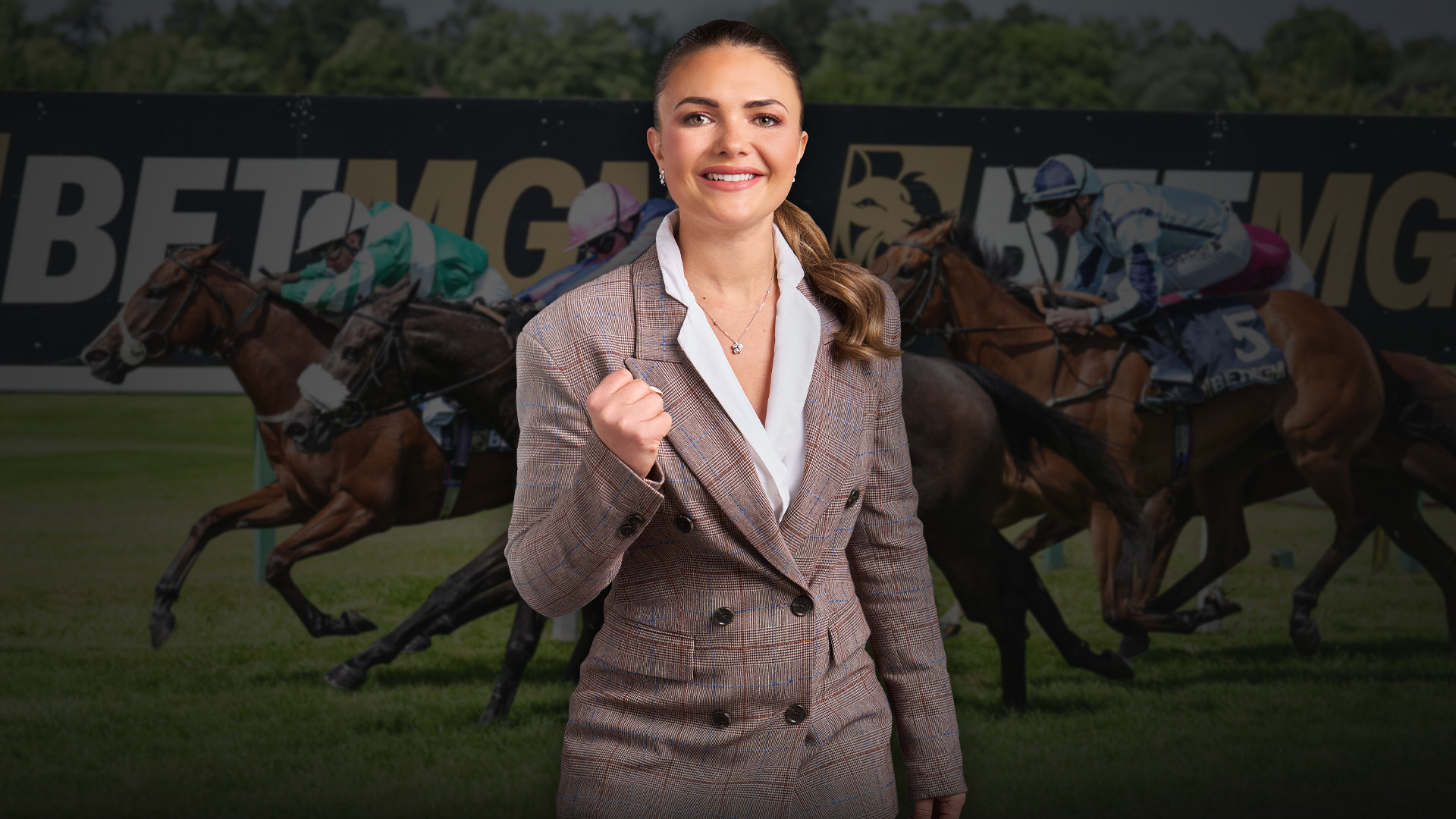
History of the Grand National
The Grand National is the most famous horse race in the world. It’s sheer size and the amount of bets placed on the race each year result in millions tuning in to watch the action.
Yet bettors often forget the history of the Grand National when pouring over the race card or dipping their hand into the office sweepstake. This is where they’re going wrong, because understanding the Grand National’s history can help us make smarter choices ahead of the big race.
History of the Grand National
The Grand National has run for 185 years and is the biggest horse race in the world in terms of runners. In 2024 race organisers are due to make substantial changes to the race. Yet there’s no doubt it will retain the iconic status that it has earned over the past two centuries.
The first Grand National
We have to go back to 1839 for the first official Grand National winner. Lottery won with an outsider price of 9/1, completing the Aintree course in a little under 15 minutes on heavy ground. Seventeen runners got underway and Aintree racegoers witnessed the now-traditional two circuits of the course.
The Grand National jumps were steadily modified over the 1800s and it is this period where many got their famous names. The sixth jump – Becher’s Brook – is a water jump named after jockey Captain Martin Becher who fell off his ride Conrad while leading the 1839 National.
The ninth jump is named Valentine’s Brook after horse Valentine vaulted it sideways in 1840 and miraculously landed on its hind legs. The Chair – the iconic 5ft 2in high 15th jump – is also named after a Victorian racing practice of placing a judge on the course to disqualify late-running horses.
40 Horses
The number of horses in the Grand National steadily grew from 17 in the first race in 1839 to an eye-watering 66 in 1929. Seven-year-old Gregalach won the race at 100/1 and, remarkably, 65 runners returned safely to the stables. However, 1929 was considered an administrative nightmare and a year later the field was cut to 41.
Race organisers finally settled on a 40-horse cap at the Grand National in 1984. Since then most races have got underway with the maximum allocation, although late withdrawals can mean races begin with 38 or 39 runners.
Modern Grand National changes
While historic Grand Nationals are famed for their high fences and dozens of runners, recent changes to the race have come into force. Fences are now made from less sturdy materials, with wooden beans and tough spruce replaced by flexible plastic. The fence heights have also come down to a minimum 4ft 6in, while the highest fence – The Chair – remains at 5ft 2in.
The maximum number of runners is also reduced in 2024 for the first time in 40 years. From now on, only 34 horses will be permitted to run in the National in an attempt to improve animal welfare across the race.
Biggest Grand National shocks
Here are the biggest against-the-odds shocks in Grand National history:
- 1928 – Tipperary Tim 100/1
- 1929 – Gregalach 100/1
- 1947 – Caughoo 100/1
- 1967 – Foinavon 100/1
- 2009 – Mon Mome 100/1
- 1908 – Rubio 66/1
- 1949 – Russian Hero 66/1
- 1963 – Ayala 66/1
- 2013 – Auroras Encore 66/1
- 1948 – Sheila's Cottage 50/1
- 1966 – Anglo 50/1
- 1985 – Last Suspect 50/1
- 2022 – Noble Yeats 50/1
- 1896 – The Soarer 40/1
- 1938 – Battleship 40/1
- 1951 – Nickel Coin 40/1
- 1980 – Ben Nevis 40/1
Foinavon and Mon Mome are arguably the two most famous horses to deliver shock results at the Grand National. Foinavon won the 1967 race when the majority of horses fell at one hurdle and he cantered to victory. Mon Mome repeated the 100/1 feat in 2009 when he wojn by a remarkable 12 lengths. He won just five races in his 47-race career.
Most famous Grand National moments
Foinavon’s victory remains one of the most famous Grand National moments of all time. There are many more, though, and some have taught punters about how to bet in future races. Here are four more:
1956: Devon Loch falls
Did he see a shadow? Was he spooked by the crowd? No-one will ever know why Devon Loch – leading the 1956 Grand National – spectacularly fell with just yards to go from the post. Owned by the Queen Mother, Devon Loch had been many peoples’ outside bet for the race. His inexplicable fall handed E.S.B. the win, much to the surprise of the crowd.
1977: Red Rum makes it three
Red Rum beat off Crisp to win the 1973 Grand National, and won it again in 1974, and then came second in the two subsequent years. Desperate for a third, trainer Ginger McCain sent him out again in 1977 and the 9/1 joint favourite stormed to victory by 25 lengths. It was a costly race for the bookies as thousands of fans backed the 12-year-old
2001: Only four horses finish
The 2001 Grand National took place a month after Cheltenham was cancelled due to a foot and mouth outbreak. It was meant to showcase the sport but horrendous weather conditions and pile-ups at various jumps resulted in just four horses crossing the line. Two of those only finished after their jockeys remounted. Red Marauder won it at 33/1 but that's not what this race is remembered for.
2021: Rachael Blackmore wins the National
The first woman jockey to win the Grand National, Rachael Blackmore hit the headlines in 2021 when she steered Minella Times to victory. Blackmore had already won Cheltenham's Champion Hurdle with Honeysuckle that spring and Minella Times was the 11/1 fourth favourite. She led the eight-year-old to a one-two for trainer Henry de Bromhead ahead of 100/1 shot Balko Des Flos.
Grand National Sponsors History
The history of the Grand National is tied to its sponsors because this is where the bulk of the prize money comes from.
Seagram (1984-1991) Martell (1992-2004) John Smith’s (2005-2013) Crabbie’s (2014-16) Randox Health (2017-present)
Seagram was a successful alcohol company in the 1980s and went big in its sponsoring of the UK's favourite horse race. The price pot quickly rose to £64,000. When Martell took over the sponsorship in 1992 it triggered another prize money boost to £167,386.
The pot kept on rising during the 1990s and broke £300,000 in 1997. By the time John Smith’s took over the sponsorship rights in 2005 the fund had swelled to £700,000, only for it to fall to £450,000 within three years.
Crabbie’s had a brief spell sponsoring the National before Randox Health took over the title sponsor in 2017. The pot rose to £1million, falling only in 2021 to £750,000 due to no-one being able to attend the race during the Covid-19 pandemic.
How History Helps Grand National Betting
Understanding the history of the Grand National can improve bet choices. Whether you’re placing a bet on the Grand National for the first time, or you’re a seasoned punter, here are a few historical pointers to consider for the next race:
Don’t back the favourites
Only 15 favourites have won the Grand National since 1900. That's a 12% hit rate, which correlates to a price of around 7/1 in any given race. Punters betting on the National should therefore consider a horse with odds that carry no shorter than a 7/1 price. If the favourite is shorter than this then you're not getting value based on historic results.
Check the weight
No horse has won the Grand National carrying top weight since Red Rum in 1971. The maximum weight back then was 12st. These days the top weight is 11-10, and Many Clouds crossed the line first in 2009 carrying 11-09. Be sure to look at the weights when considering your Grand National bets.
Consider female connections
Two of the last three Grand National winners in 2021 and 2023 have had a female connection. Jockey Rachael Blackmore won the 2021 race atop Minella Times, while Lucinda Russell trained Corach Rambler to victory two years later. This was Russell's second National triumph. Keep an eye out for female connections at the next race.
FAQS
What is the Grand National?
The Grand National is the biggest horse race on the planet, with 34 runners competing as of 2024. The race takes place at Aintree Racecourse in Liverpool, with £1m in prize money up for grabs. The course is 4 miles and 2½ furlongs, making the Grand National the longest turf horse race in the world.
What is the Grand National fastest time?
The fastest time at the Grand National is 8:47.80, set by Mr Frisk in 1990. Most Grand National races take between nine and 10 minutes to complete.
How old is the Grand National?
The Grand National is 185 years old. The first official National took place in 1839, when Lottery surged to victory at odds of 9/1. The Grand National has been run every year since, apart from during the First and Second World Wars, in 1993 when the race was declared void, and in 2020 due to the Covid-19 pandemic.
What is the Grand National distance?
The distance of the Grand National is 4 miles and 2½ furlongs. Horses leap over 30 fences, taking in two circuits of Aintree Racecourse.
Who was the first Grand National winner?
The first Grand National winner was Lottery in 1839. Jockey Jem Mason steered Lottery to victory. It was the first of four National triumphs for trainer George Dockeray.
Is Grand National always at Aintree?
The Grand National has always been staged at Aintree, apart from during the First World War, when a substitute event was held at Gatwick. There are no plans to move the event to another racecourse in the future.
Get access to our dedicated Grand National betting pages to see the limitless odds and markets with BetMGM. It's showtime!


